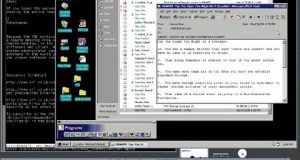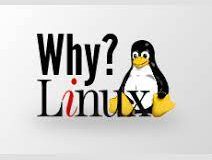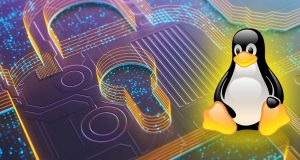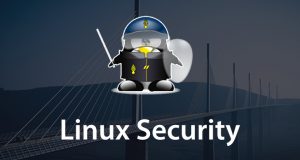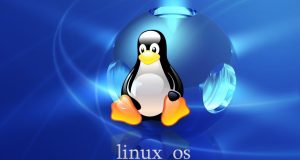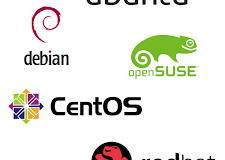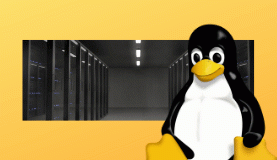Wayne J. Salamon Issue #58, February 1999 This article describes how to configure Linux-based PCs and an asynchronous transfer mode (ATM) switch to build on ATM network. The Linux ATM software (device driver and utilities) is developed and supported by Werner Almsberger in Switzerland as part of the Linux-ATM API software set (see Resources). This software contains device drivers for ...
Read More »Linux Magazine
VNC – control MS Windows servers from Linux
Brian Harvey Issue #58, February 1999 Mr. Harvey tells us about the VNC software package and how to set it up to control MS Windows servers from Linux. In today’s changing world, an increasing number of UNIX system administrators are finding they need to support Windows NT servers in their work environments. Whether Exchange or application servers, NT ...
Read More »First Canadian National Linux InstallFest
Dean Staff Issue #57, January 1999 Canada has a “Linux Day”–a novel method for getting the word out. Saturday, September 26, 1998 was a big day for the Linux community in Canada—the First Canadian National Linux InstallFest was held. The InstallFest was organized on a national level by CLUE (Canadian Linux Users’ Exchange) to provide experienced help to those interested ...
Read More »Quake running on your Intel Linux system
Bob Zimbinski Issue #57, January 1999 How to get this most popular game to run on your Linux system. Quake is one of the coolest games available for any platform. Thanks to Dave Taylor, who began id Software’s tradition of porting their games to Linux back in 1995 with Linux Doom, today we have Quake for Linux. This article is ...
Read More »VRML is intended to be for virtual reality
Tuomas Lukka Issue #57, January 1999 Mr. Lukka takes a look at VRML basics including scripting, animation and applications. VRML is intended to be for virtual reality what HTML is for text—a structured, standard, cross-platform format for static or interactive hyperlinked content. Just like HTML, it can be written by hand or generated by a program (the latter is usually ...
Read More »Understanding a Context Switching Benchmark
Randy Appleton Issue #57, January 1999 A look at the Linux kernel scheduler. One of the most important tasks of an operating system kernel is to manage processes and threads. A process is a program in execution, and a thread is just a CPU state stored within a process. A CPU context is either a process or a thread. Most ...
Read More »Survey of Linux kernel developers
Randolph Bentson Issue #57, January 1999 Dr. Bentson did a survey of Linux kernel developers to find out about their backgrounds. Here are the results. I get mail from folks about my book, the device driver I wrote for Linux, and about articles I’ve written for Linux Journal. A few months ago I got one which said, in part: My ...
Read More »A Short History of Women in Technology
Thomas Connelly Issue #57, January 1999 If you think all computer professionals are men think again. Mr. Connelly tells us about some well-known women in computer annals. One of the many public debates in Australia at the moment is on the question of women in the computing industry. For many people, the computer industry and computers in general are seen ...
Read More »x-automate: Control Your Home with Linux
Stewart Benedict Issue #57, January 1999 Mr. Benedict show us the way to live in the home of the future by using our computer to control lights and appliances. Ever since I was a kid watching the Jetsons, I’ve envisioned living in the home of the future, with intelligent appliances and a central computer controlling the house, in sync with ...
Read More »Introduction to LyX – typesetting tools
Ulrich Quill Issue #57, January 1999 Make working with LaTex easier by using the WYSIWYG editor LyX. Although (or perhaps because) it is one of the most flexible typesetting tools, many people are a bit afraid of using LaTeX. They’d rather use a standard word processor. On the other hand, even for those of us quite accustomed to LaTeX, some ...
Read More » Linux, Linux OS, Free Linux Operating System, Linux India Linux, Linux OS,Free Linux Operating System,Linux India supports Linux users in India, Free Software on Linux OS, Linux India helps to growth Linux OS in India
Linux, Linux OS, Free Linux Operating System, Linux India Linux, Linux OS,Free Linux Operating System,Linux India supports Linux users in India, Free Software on Linux OS, Linux India helps to growth Linux OS in India

